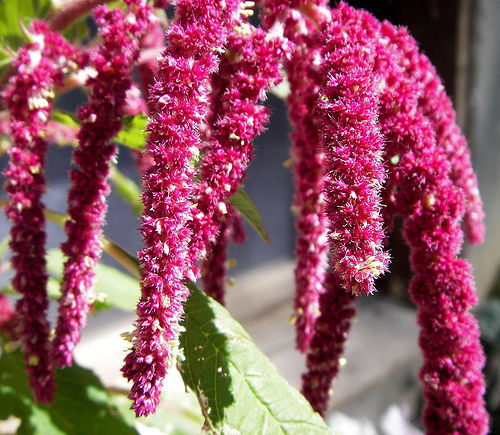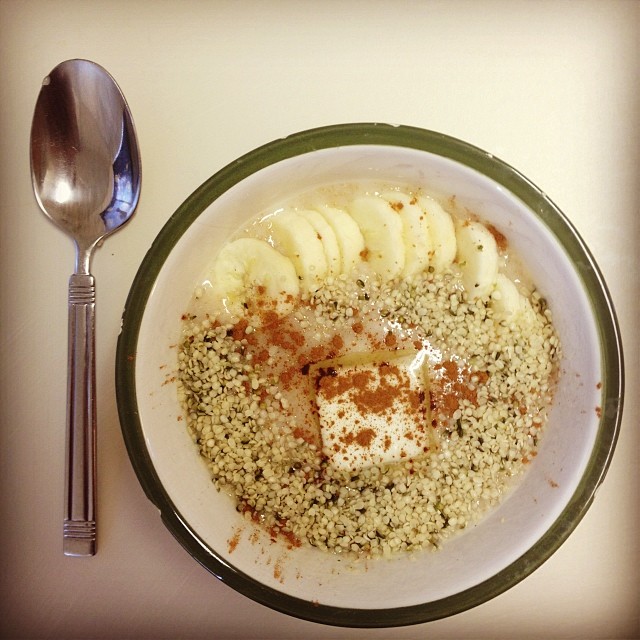This large leaf bushy plant grows to heights of 6 feet and produces bright vibrant flowers containing thousands of tiny seeds that can be milled into flour and eaten like a grain. This nutritional powerhouse contains over 30% more protein than rice, sorghum and rye and is completely gluten free. Amaranth is also has high levels of potassium, magnesium, calcium and is a great source of fiber. The plant contains many beneficial amino acids and is specifically high in lysine as well as beneficial omega-3s.
The Aztecs cultivated this plant as a staple crop and also used the seeds in ritual ceremony. During the invasion by the Spanish conquistadores, because of the religious use of the seeds they were seized, burned and cultivators of this plant were punished. This forced people to replace amaranth as a staple food with more corn, which has a higher toll on agriculture production and soil health. There is a strong movement in research and study in Mexico geared towards revitalizing this crop back into the countries main staple crops. In 1977 Science magazine called amaranth “the crop of the future” because of its hardiness and abundant nutritional profile.
In our home we enjoy cereal made from amaranth as a warm breakfast with added seeds, nuts, fruit and even puréed squash mixed in. Here are two recipes I have come up with my children love!
Cook amaranth by brining
1 c amaranth rinsed
3 c water
To a boil then reducing heat and covering letting simmer for 30-40 minutes stirring occasionally adding more water if needed.
Stir in 1c pureed acorn, butternut or delecata squash
Add in 2-3 chopped dates
Add ½ cup almond, or coconut milk
Simmer for 10 minutes stirring often
Serve with your choice of nuts
Stir in one small can of coconut milk
1-2 tbs raw honey
1 tsp cinnamon
Serve each bowl with 2 tsb of raw hemp seeds, half of a sliced banana and a dash of cinnamon on top



